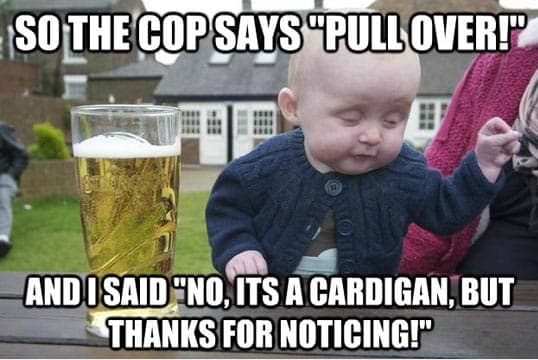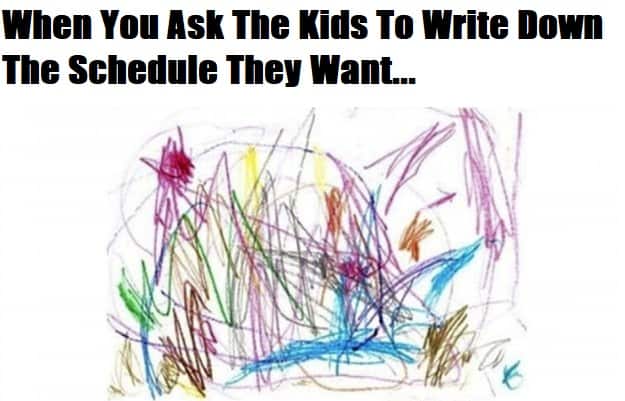‘Positive Parenting’ is a widely used term in the parenting world, but what does it mean?
Dr. Laura Markham from Aha! Parenting has this to say:
“Although there’s no single definition of ‘positive parenting’, the use of proactive techniques rather than punishments is quite common among positive parents. In essence, raising a child with the least amount of stress, versus having a list of punishments for every infraction. It also includes setting a consistent and loving example for children to follow.”
Punishment and Positive Parenting
So what’s wrong with punishment? Dr. Markham writes: “Punishment is not only stressful for the punished child, but it may also increase his problematic behavior. The goal of punishment is to decrease the child’s behavior by instilling fear, and when that doesn’t work it can actually escalate into abuse.”
Positive Parenting Instills Good Behavior
Positive parenting works instead because it teaches children how to behave in ways that are acceptable both to them and their parents.” It helps children learn good morals, and behave well in society.
How Does Positive Parenting Play Out?
One of the most important ways to show children love and respect is to teach them how to treat others by modeling kind and respectful behavior.
That means we must think before we speak, and find a way to convey our disappointment with their actions without shaming or humiliating them. Parents should engage children respectfully and with a caring and loving attitude.
“Positive parenting also includes teaching skills like how to manage anger, how to calm down before responding, and how to deal with problems that arise. It’s far more effective to show children how they can solve problems than to punish them when they get into trouble.”Dr. Laura Markham
And What Are the Consequences of Using Punishments?
“Consequences are sometimes positive because they work to restrain them from repeating their mistakes, however, they do instill fear and make children feel powerless.“ Therefore, it is important to know when to use punishment and when to talk to them about their mistakes, and help them learn the things that perhaps they did not know.
Dr. Markham
How to Practice Positive Parenting
Positive parenting is about helping children understand what to do instead of punishing them for not knowing. How can we practice positive parenting?
Dr. Markham shares her three steps:
1) Identify Which Problem Behaviors You Want to Work on (it’s Best to Work on One at A Time).
Understand your child and his or her behavior, notice the weaknesses and work to help them overcome. Communicate with them when they need help, and monitor their progress with time.
2) Figure out What Skill Your Child Needs to Learn Instead of The Problem Behavior.
Children are naturally inclined to particular likings and interests. You will notice these at their tender age as they play with toys, or with other kids. Understand what they like, and help them build on their skills in the areas that they are inclined to.
3) Make a Plan for How You Will Teach the Skill Using as Many Positive Strategies as Possible.
Here’s an example, let’s say that your child doesn’t clean up her toys by the end of the day. You can identify that she could use a specific skill, such as putting things away where they belong and then plan ways to teach things such as how to clean up, helping her clean when she asks for help, taking turns picking up each other’s toys and rewarding her with stickers or praise when she cleans up without reminders.
Conclusion
Positive parenting is not just about providing for the needs and punishing children when they are wrong. It is a continuous practice that starts from an early age. Therefore, as a parent, you should always adopt the above positive parenting best practices to help your kids take the right path.





